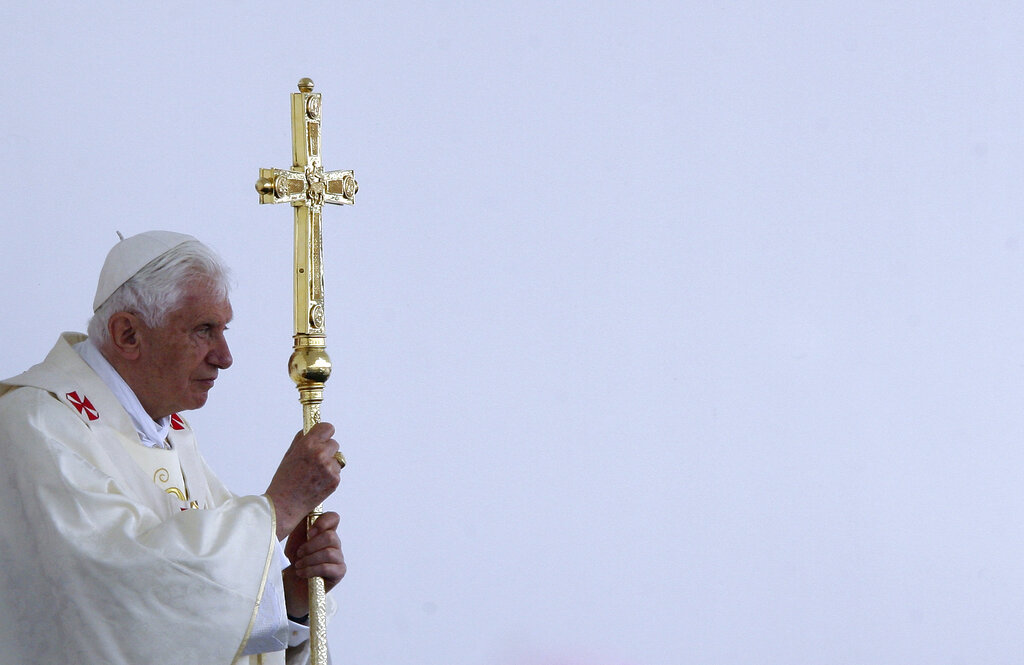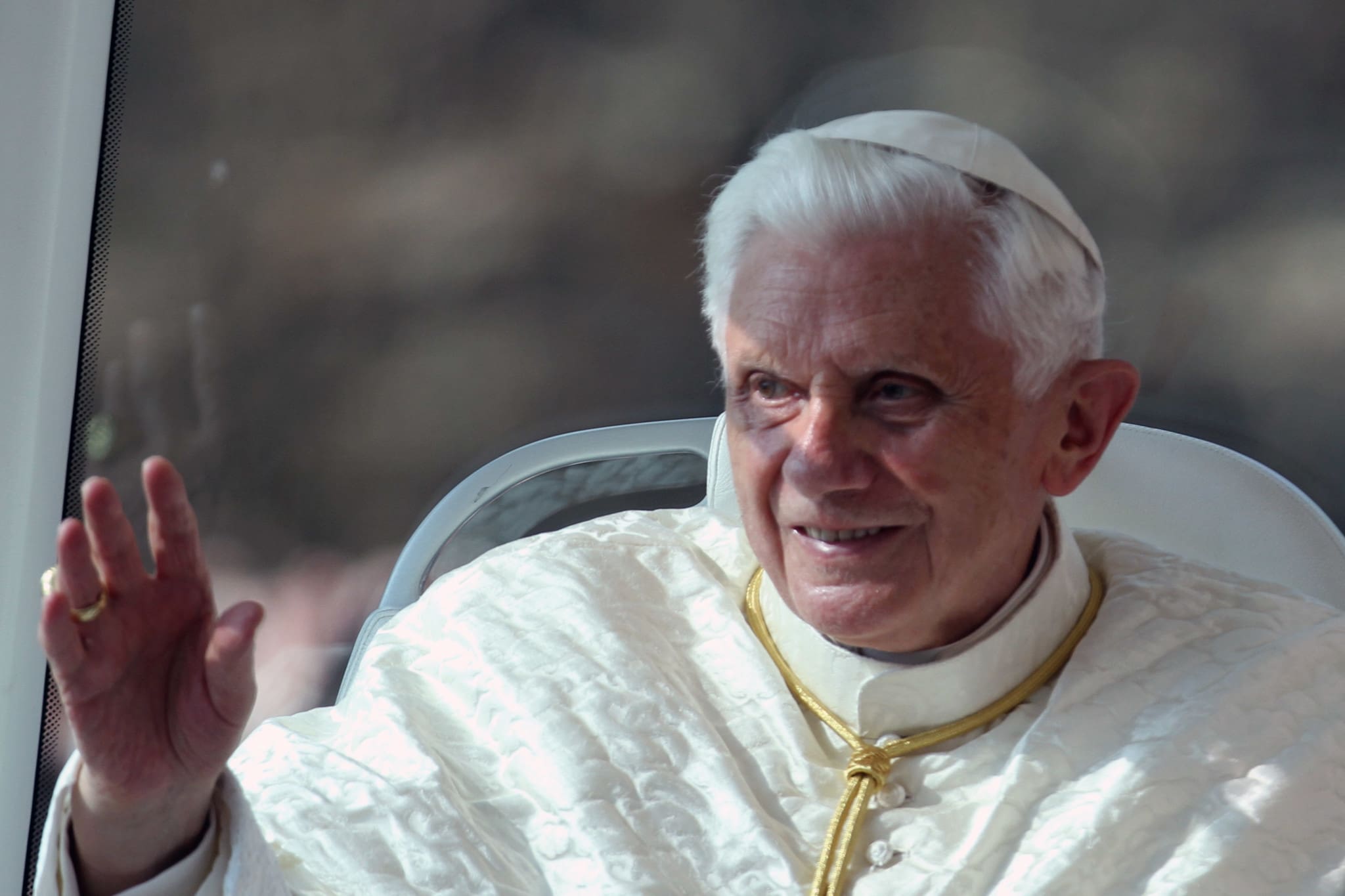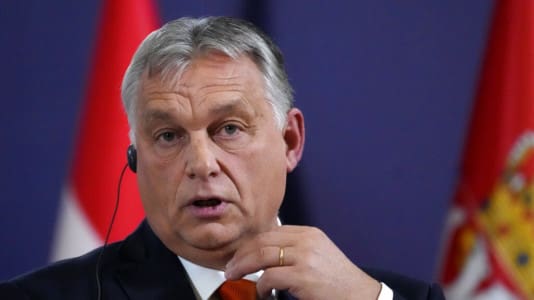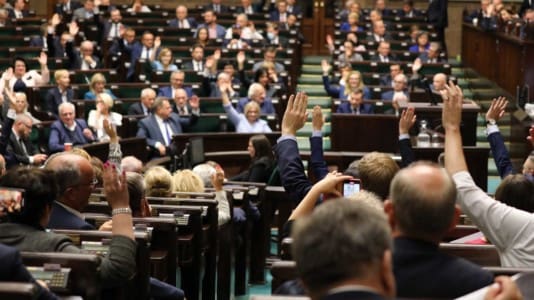Pope Benedict XVI joined a pilgrimage to Croatia in June 2011. Part of the itinerary was the vigil in Josip Jelačić Square in Zagreb. The place was full of the faithful, especially youths. The visit was a joyful and spiritual moment that moved the pope deeply. Croatian Catholics already knew that the media image of Benedict as a cold and distant cleric had little to do with reality.
During his meeting with the faithful, the pope held a vigil of the Holy Sacrament. As soon as he kneeled to begin the vigil, the square fell silent even though it was crowded and all that could be heard was the fluttering of the wings of the pigeons flying overhead.

Whenever a colleague of mine and I recall the event, both of us feel that the Holy Spirit had come to the capital of Croatia. The pope himself later recalled this event as the most moving moment of his visit — a visit that crowned a rebirth of the Church in Croatia that had begun under Pope John Paul II.
Benedict XVI and his work shaped my faith, and I am sure they will shape that of my children and grandchildren, but my most vivid memory of him will be the sight of this intellectual giant kneeling, praying with my people in homage to Christ.
It was an example of his devotion to Jesus and humility. This part of his heritage is just as important as his theology. I am convinced that both will help new generations of Catholics meet the challenges of the coming difficult times.
As we know from experience of those who live their life as saints, it is after death that they come into their own.






